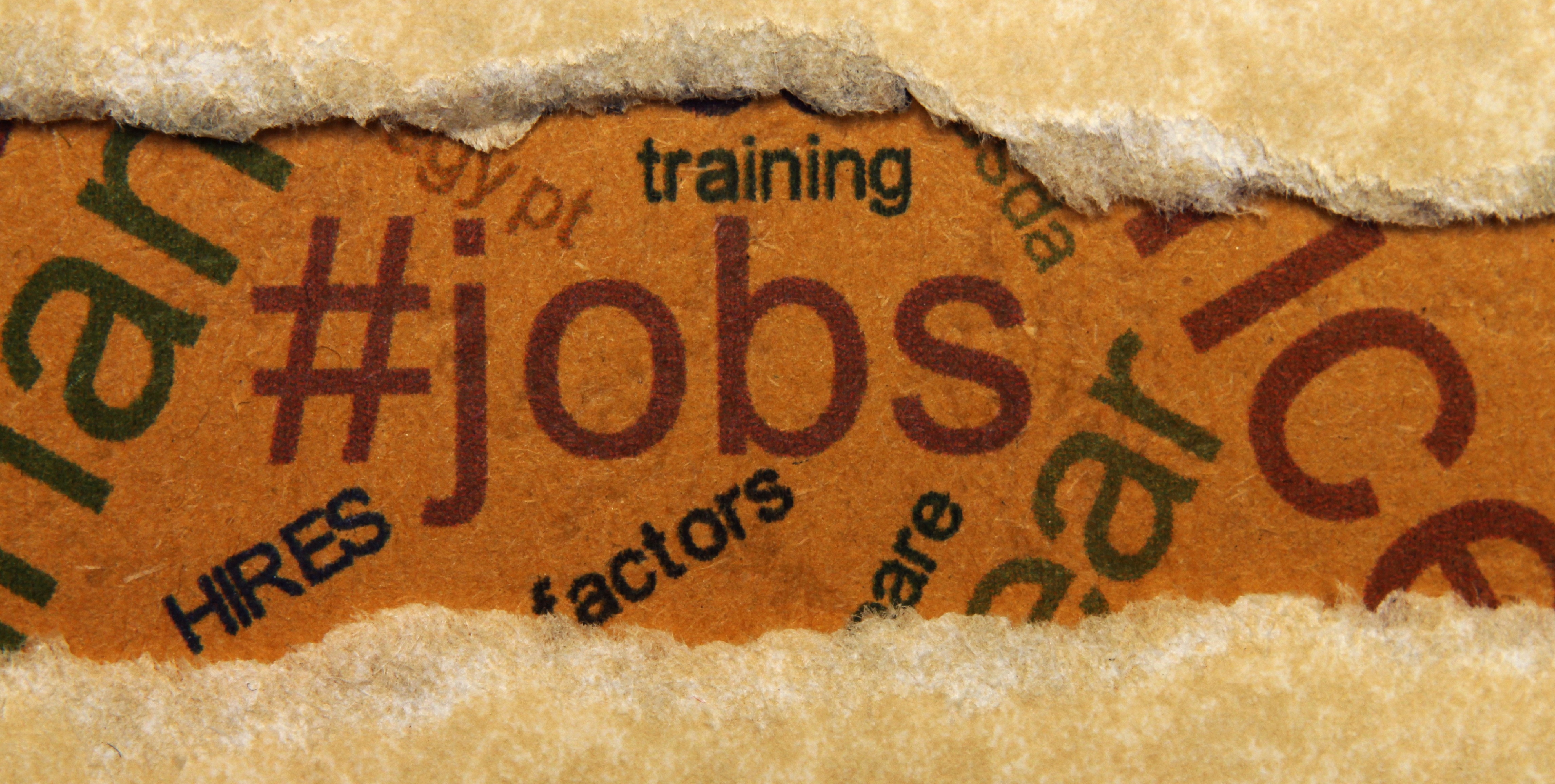August 2017 Employment Situation
Submitted by Atlas Indicators Investment Advisors on September 4th, 2017
Just before Labor Day Weekend started, the Bureau of Labor Statistics released their latest figures for America's employment situation. Our economy added 156,000 net new jobs in the period, but the prior two months were downwardly revised by a combined 41,000. Despite the increased number of filled positions, the unemployment rate climbed one-tenth of a percentage point to 4.4 percent. And while the headline figures were mixed, the details within the report were mostly disappointing.
Earnings, hours worked, and the participation rate were relatively frustrating for an economy this far along into the virtuous portion of the business cycle. Wages increased just 0.1 percent in the period and have managed to gain only 2.5 percent in the past twelve months. The average workweek for all employees was shortened by six minutes; on its own, this might not seem like much of a setback but when multiplied over millions of workers, it is substantial. Additionally, the participation rate held steady at just 62.9 percent. While it remains higher than the recent low of 62.4 in September 2015, the participation rate is well below the peak levels in the earliest part of this century. Before this note starts sounding too dour, there was a hint of cyclical strength buried in this report. Hiring by manufacturers accelerated to 36,000 in the period after an increase of just 16,000 in July.
August was a mixed month for employment. Jobs were added but previous gains were less than earlier estimates. Wage growth remains tepid and hours worked moved in the wrong direction. For now, it looks like the labor market lost a bit of steam in the middle of the summer. Unfortunately, this is the last employment report without the influence of Hurricane Harvey, so we may not know for a while whether or not this relative weakness is temporary. Over at least the next several months and quarters, the natural disaster is going to make this indicator tougher to interpret.

